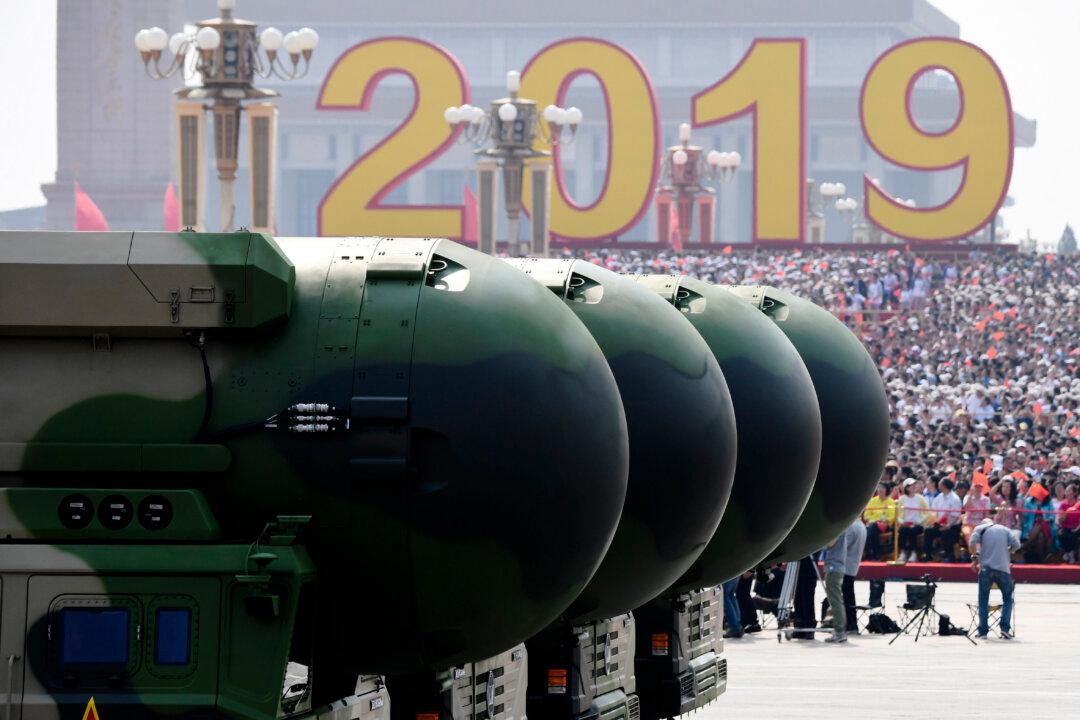According to FIFA, the earliest form of soccer was a Chinese invention.
Dating back some 2,400 years, the ancient Chinese game of Cuju shares key similarities with the modern sport—no hands or arms are allowed and goals are scored by kicking a ball through two posts. And like contemporary soccer, Cuju enjoyed massive popularity on a professional scale.
First mention of the sport appears in the Warring States-era text “Zhan Guo Ce.” It seems to have originated in eastern China’s Qi State.
By the Han Dynasty (206 B.C.—220 A.D.), the game was called Cuju, best translated as “kick ball.” The balls used were made of leather and filled with fur or hair. Texts from this era credit the game’s creation with the legendary yellow emperor, or, more realistically, soldiers looking to improve their footwork.
The game was incredibly popular for many centuries, to the point that it was played professionally among both commoners and in the imperial court. Liu Bang, founding emperor of the Han Dynasty, was a known Cuju enthusiast. This resulted in Cujiu becoming a more highly specialized sport. The imperial palace included a dedicated Cuju court where professional teams of 12 players each would face off.





